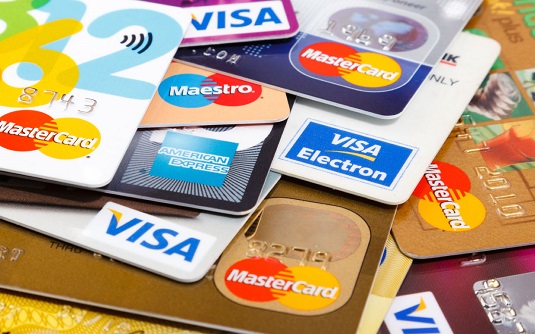
Many people don’t understand how fraudulent charges range from as little as $7.19 from some odd electronics store to $655.38 at some store in Russia while you reside in North America. We tend to think that this may have happened because we used our cards to pay for parking at random locations or for public transportation.
As it is easier and quicker to use credit cards, it has also become riskier these days as attackers can gain your identity and credit/debit card information to make purchases. Often times these attackers make money by selling items on eBay or Craigslist that were purchased with your card. Being proactive to secure your credit and debit cards is, therefore, critical.
Stories of companies, both large and small, becoming targets of data breaches hit the news every day. We’ve all heard about the massive data breach of target’s Point-of-Sale System(POS), which occurred around “Black Friday” back in 2013 and affected roughly 40,000 card devices. Attackers are usually able to gain customer names, credit card/debit card numbers, card expiration dates, and CVV codes when data breaches occur. Customer data, like yours and mine, is put at risk when this happens.
As we, the general public, cannot prevent attackers from hacking into these systems to retrieve credit and debit card information, it is very important to take proactive steps to safeguard your wallet and prevent your payment cards from getting compromised.
Here’s some tips for how you can stay secure while shopping with your credit/debit cards:
1. Use newer technology
Many new security-related features get introduced every day. Mobile payment apps like Apple Pay and Android Pay have been introduced in the past couple of years and are now used widely across the nation. Both use biometrics in the form of fingerprints to pay for goods and services in retail stores via a tokenization method.
2. Chip-embedded cards
Swiping and dipping are two ways you may use your cards while shopping in-person. You should always use your chip to pay where it is an option. Chip-payments are more secure than traditional magnetic strips because they use hard-to-guess security codes that change with every purchase, thereby making it more difficult to counterfeit. Also, you should pay attention for your pin number. Do not use birthday, social security number, or easy to guess personal numbers.
3. Account security
You should visit your online account for each card and tighten security measures. You can set notifications where you will get notified via email(s) or text messages for each transaction that goes over a certain limit. You can also set a secure complex pass word in some credit/debit cards. We recommend you to use that service if your credit/debit card has.
4. Avoid public Wi-Fi
You should never use public computers or hotel Wi-Fi to log into your financial accounts or to pay for your online purchases. You should wait until you have a secure network connection. You will be surprised to find that most hotels’ Wi-Fi is an open connection and does not use end-to-end encryption. Anyone can retrieve the information you enter in your smartphone, tablets, or laptops while using public Wi-Fi.
5. Review statements
When you make many purchases at different places, you tend to get lazy and forget to review transactions on your bank statements. I have found many times that I was overcharged at some restaurants or I did not get my full refund on returning damaged merchandise. Therefore, you should always check your receipts against your statements every week.
Convenience has always its risks. Refer to above tips for secure usage of your credit/debit cards.




